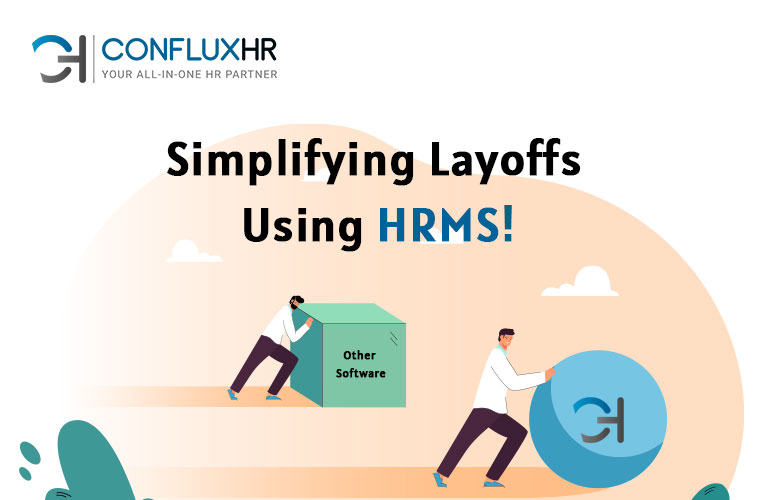In today’s fast-paced business environment, companies must prepare for employee turnover. The exit process plays an essential role in this preparation, ensuring that the transition is handled smoothly and professionally.
A well-structured exit process through HRMS can not only help you minimize the negative impact of employee turnover. Still, it can provide valuable insights into your organization’s strengths and weaknesses.
Benefits of a Well-Structured Exit Process
- Protects Your Company’s Reputation: Employees’ last impression of your organization is crucial when employees leave your company. A well-structured exit process ensures that the employee leaves on good terms and minimizes any negative impact on your company’s reputation.
- Provides Insights into Your Organization: By conducting exit interviews, you can gain valuable insights into your organization’s strengths and weaknesses. This information can help you improve your company’s culture, policies, and procedures.
- Helps with Succession Planning: A well-structured procedure can also help with succession planning. By identifying the skills and knowledge leaving your organization, you can plan for their replacement and ensure the transition is smooth.
- Maintains Productivity: The exit process can be time-consuming, but a well-structured process can help minimize disruptions to productivity. By implementing clear procedures, you can ensure that your operations are not negatively impacted and that the departing employee’s responsibilities are covered.
- Mitigates Legal Risks: A well-structured exit process can help protect your company from legal risks. Ensuring all necessary documentation is completed can minimize the risk of legal disputes or issues arising after the employee leaves.
Steps to a Well-Structured Exit Process
Here are some key steps to a well-structured exit process:
- Require Adequate Notice: Employees must provide adequate notice of their intention to leave, giving you time to plan for their departure and ensure coverage of their responsibilities.
- Conduct Exit Interviews: Conduct exit interviews to gather feedback on the employee’s experience at your organization. Use this information to improve your company’s culture and identify areas for improvement.
- Complete Required Documentation: Complete all necessary documentation, including termination letters, on time to minimize legal risks.
- Support: Support departing employees, such as career counseling and assistance with job searches. This can help ensure the employee leaves on good terms and maintains a positive relationship with your company.
- Plan for Succession: Identify the skills and knowledge of the departing employee and plan for their replacement. This will help ensure that the transition is smooth, and that productivity is maintained.
Take Away
A well-structured exit process is essential for businesses to minimize employee turnover’s negative impact and gain valuable insights into their organization.
By implementing a clear and structured process, companies can protect their reputation, maintain productivity, and mitigate legal risks. The key is to plan ahead and be proactive in managing employee departures.





